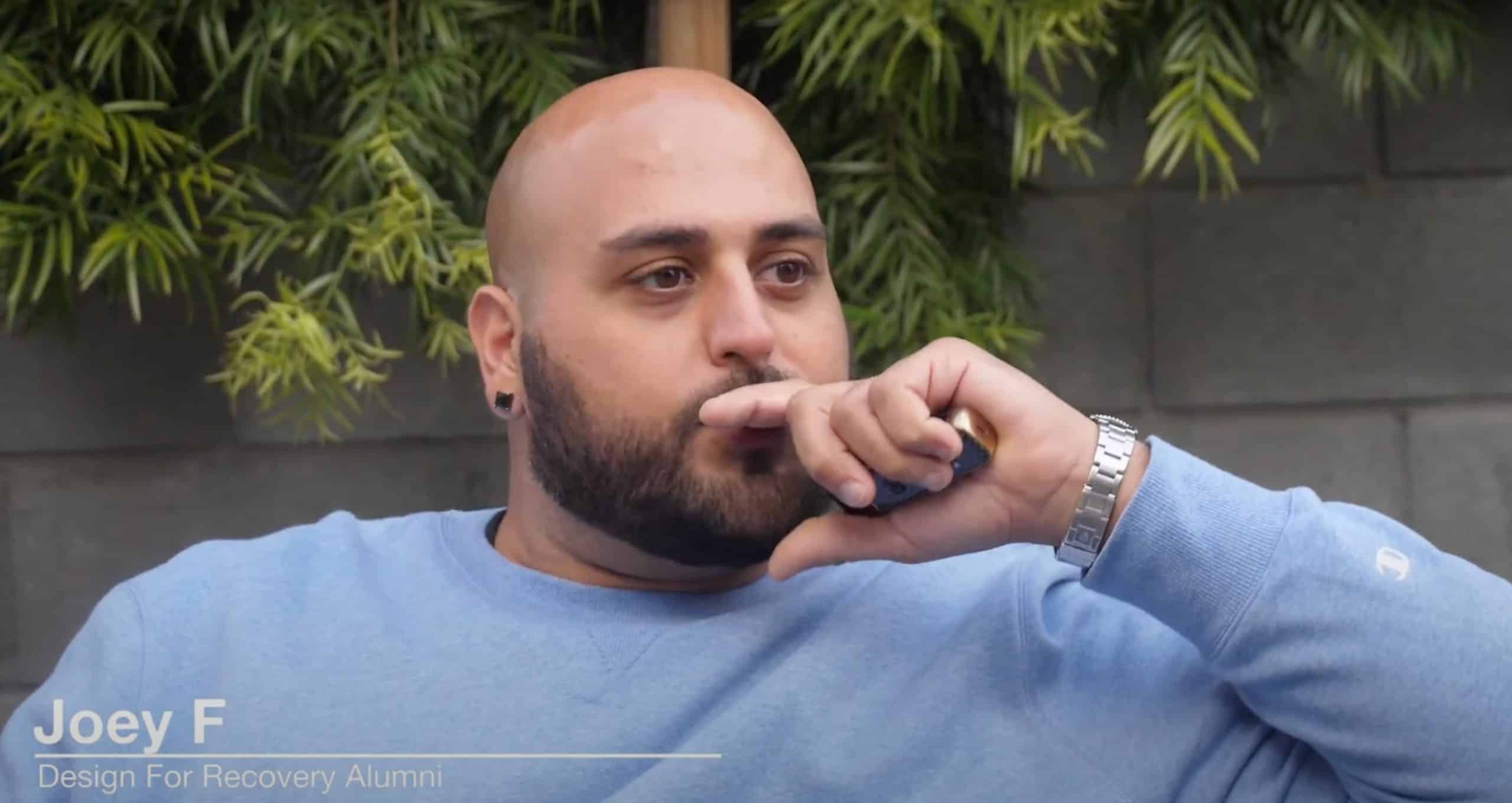Addiction is a health challenge that affects millions of people worldwide. Many people struggle with drug use and substance abuse, which can have damaging effects on physical health, mental health, and life in general. Helping an addict quit requires understanding, patience, and a lot of support.
Understanding Addiction and Its Impact
Addiction, as defined by the American Psychiatric Association, is a complex condition, a brain disease that is manifested by compulsive substance use despite harmful consequences. Drug addiction isn’t about just heroin, cocaine, or other illegal drugs. You can get addicted to alcohol, nicotine, opioid painkillers, and other legal substances.
People with addiction use substances or engage in behaviors that become compulsive and often continue despite harmful consequences. Addiction changes the brain, interfering with a person’s ability to make decisions, leading to intense cravings and compulsive drug use. These changes can be permanent, leading to harmful behaviors.
The Importance of Providing Support and Assistance
Research shows that social support can be a significant factor in recovery from substance use disorders. Family members, friends, and healthcare providers can play vital roles in motivating individuals with drug problems to enter and stay in treatment. Providing a solid support system can significantly help someone overcome addiction and maintain recovery.
Step-by-Step Guide to Helping an Addict Quit
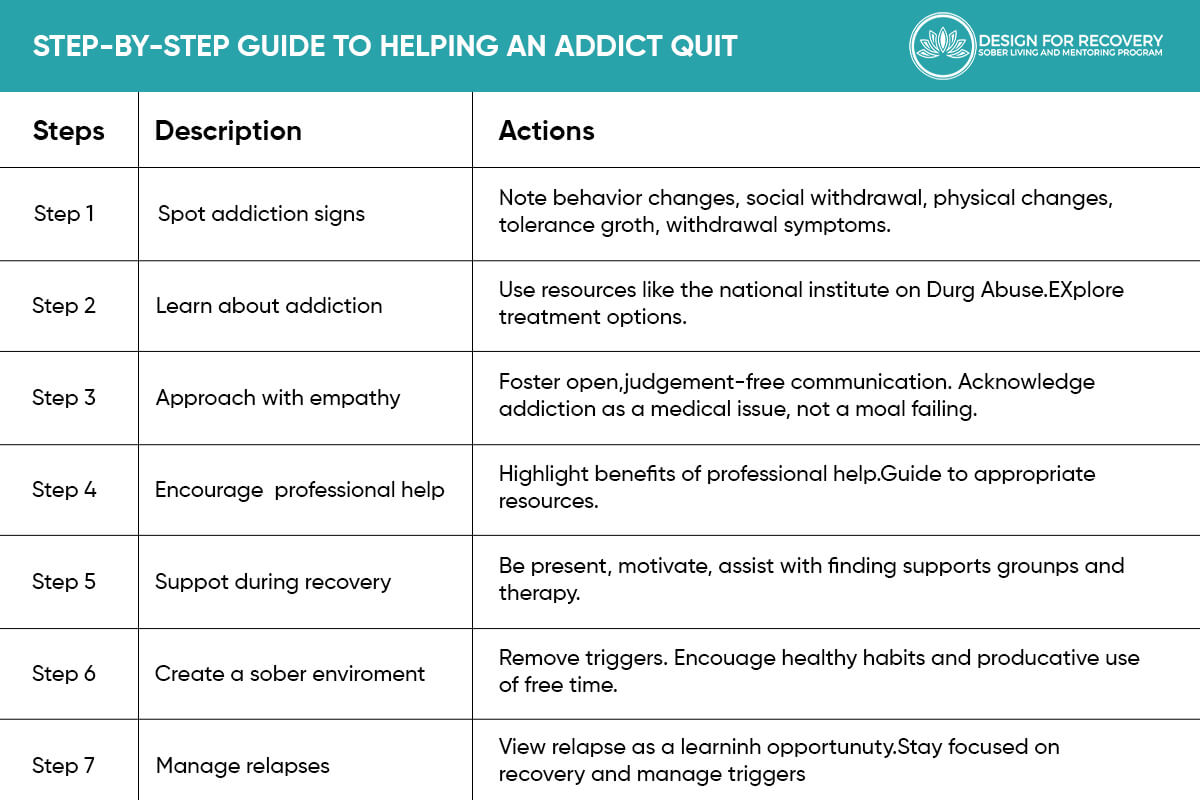
Step 1: Recognizing the Signs of Addiction
Recognizing the signs of addiction is the first step to helping someone quit drugs. This involves being vigilant and aware of the changes in their behavior. Here are a few common indicators of substance abuse:
Changes in behavior: These could include sudden mood swings, irritability, or unexplained hyperactivity.
Social withdrawal: People with drug addiction may distance themselves from friends and family.
Neglect of physical appearance: This may involve a lack of personal hygiene or drastic changes in weight.
Increased tolerance: The person may require more of the substance to achieve the same effect.
Withdrawal symptoms: When they stop taking drugs, they might experience flu-like symptoms, high blood pressure, or strong cravings.
These signs can vary depending on the substance in use; addiction affects everyone differently.
Step 2: Educating Yourself about Addiction
The next step is to learn as much as possible about drug addiction. The National Institute on Drug Abuse (NIDA) is an excellent resource for information. It provides a wealth of knowledge about how drugs affect the brain and body, how addiction develops, and the negative consequences of drug abuse. In addition, it’s important to research the many treatment options available, such as inpatient treatment, outpatient treatment, and medication-assisted treatment (MAT).
Step 3: Approaching the Addict with Empathy and Understanding
Approaching a person suffering from substance use disorder requires empathy and understanding. Open and honest communication is crucial, so it’s important to:
Practice active listening: Show that you genuinely care and are ready to support them.
Avoid judgment or criticism: This can only add to the guilt and shame they might already feel.
Focus on the addiction, not the character: It’s important to remember that addiction is not a moral failing or character flaw but a medical condition that requires proper treatment.
Step 4: Encouraging the Addict to Seek Professional Help
Professional help is often necessary to quit drugs. You can encourage the person to seek help by:
Discussing the benefits of seeking professional help: Medical treatment can help manage withdrawal symptoms, and therapy can address the underlying issues leading to drug use.
Guiding them to the right resources: The National Institute on Drug Abuse is a great place to start. It offers an information service with details about treatment centers and healthcare providers experienced in treating addiction.
Step 5: Supporting the Addict during the Recovery Process
Continued support is vital during the recovery process. Here are a few ways you can assist:
Be there for them: This might involve going with them to therapy sessions or simply being a listening ear.
Provide motivation and encouragement: Celebrate their achievements, no matter how small they might seem.
Help with practical matters: This could include finding support groups, arranging for family therapy, or coordinating with a treatment center.
Step 6: Creating a Sober and Supportive Environment
Creating a drug-free environment is critical to prevent relapse. Here are a few suggestions:
Remove triggers: Clear away any substances or drug paraphernalia.
Promote healthy habits: Encourage regular exercise, a balanced diet, and adequate sleep. These can boost mood and energy levels, which can help combat cravings.
Encourage them to use their free time in a productive manner: Picking up a new hobby or spending time with family and friends can be a positive distraction.
Step 7: Dealing with Relapses
Dealing with relapses is a vital part of the recovery journey. Remember:
Relapse is not a sign of failure: It’s a normal part of the recovery process. Use it as an opportunity for learning and growth.
Stay focused on recovery: Encourage them to stay sober, even after a relapse. Continuous support can help them get back on track.
Plan for potential triggers: Identify common triggers and create a plan to manage them effectively. This could be part of a contingency management strategy.
Encourage them to keep going: Reinforce the message that they have the strength to overcome addiction.
Educate, empathize, and engage – these are the essential steps to helping an addict quit drugs. Remember, every journey starts with a single step, and every recovery begins with a spark of hope.
Additional Resources for Helping an Addict Quit
Support Groups and Counseling Services
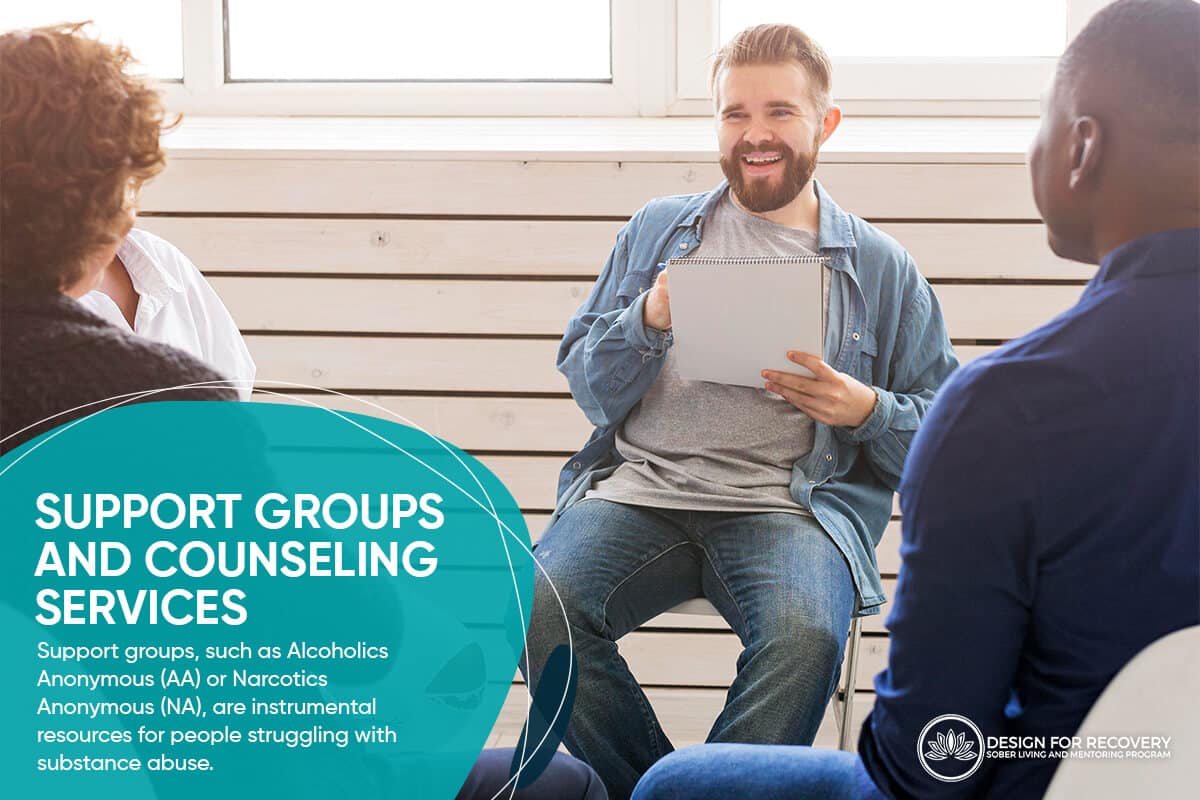
Support groups, such as Alcoholics Anonymous (AA) or Narcotics Anonymous (NA), are instrumental resources for people struggling with substance abuse. These peer-led organizations offer a sense of community and understanding, encouraging individuals to share their experiences and learn from others navigating similar challenges.
Some key elements of these groups include:
Shared experiences: Hearing from others who are also dealing with substance abuse can make an individual feel less isolated and more understood.
Anonymity: These groups value confidentiality, allowing individuals to express themselves without fear of judgment.
Regular meetings: Consistent meetings provide a stable routine and continual support, key factors in quitting drugs and maintaining sobriety.
Mentorship: Through sponsor relationships, newcomers can gain insights and support from those who have successfully navigated the path to recovery.
Counseling, on the other hand, provides a professional and confidential setting where individuals can explore their relationship with substance use, identify triggers, and develop coping mechanisms. Counseling can be individual or group-based, with each offering distinct benefits. Individual counseling allows for personalized treatment plans, while group counseling fosters a sense of community and mutual support.
Medication-Assisted Treatment (MAT)

Medication-assisted treatment (MAT) is a comprehensive approach that integrates medication, counseling, and behavioral therapies for the treatment of substance use disorders. Evidence-based treatments such as MAT are critical in managing withdrawal symptoms and reducing cravings, thereby increasing the likelihood of sustained recovery. Here’s how it works:
Medication: Drugs like methadone, buprenorphine, and naltrexone can mitigate withdrawal symptoms and cravings, facilitating the process of quitting drugs.
Counseling and Behavioral Therapies: These aim to modify attitudes and behaviors related to drug use, enhance life skills, and support continued participation in treatment.
Combined Approach: The combined use of medication and behavioral therapies can effectively treat the whole person, addressing both the physical symptoms and psychological aspects of addiction.
Dual Diagnosis and Co-occurring Disorders

A dual diagnosis, also known as a co-occurring disorder, is when a person has both a substance use disorder and a mental health disorder. Many individuals with substance use disorders also suffer from conditions such as depression, anxiety, or bipolar disorder. Addressing both issues simultaneously can improve the chances of successful recovery. A dual-diagnosis treatment plan typically involves:
Integrated Treatment: Mental health services and substance use treatment are combined to treat both conditions at the same time.
Medication: Appropriate medication may be used to manage mental health symptoms, addiction cravings, and withdrawal symptoms.
Behavioral Therapies: Cognitive-behavioral therapy (CBT) and other therapeutic approaches can be used to manage symptoms and learn new coping strategies.
Family and Friends Support
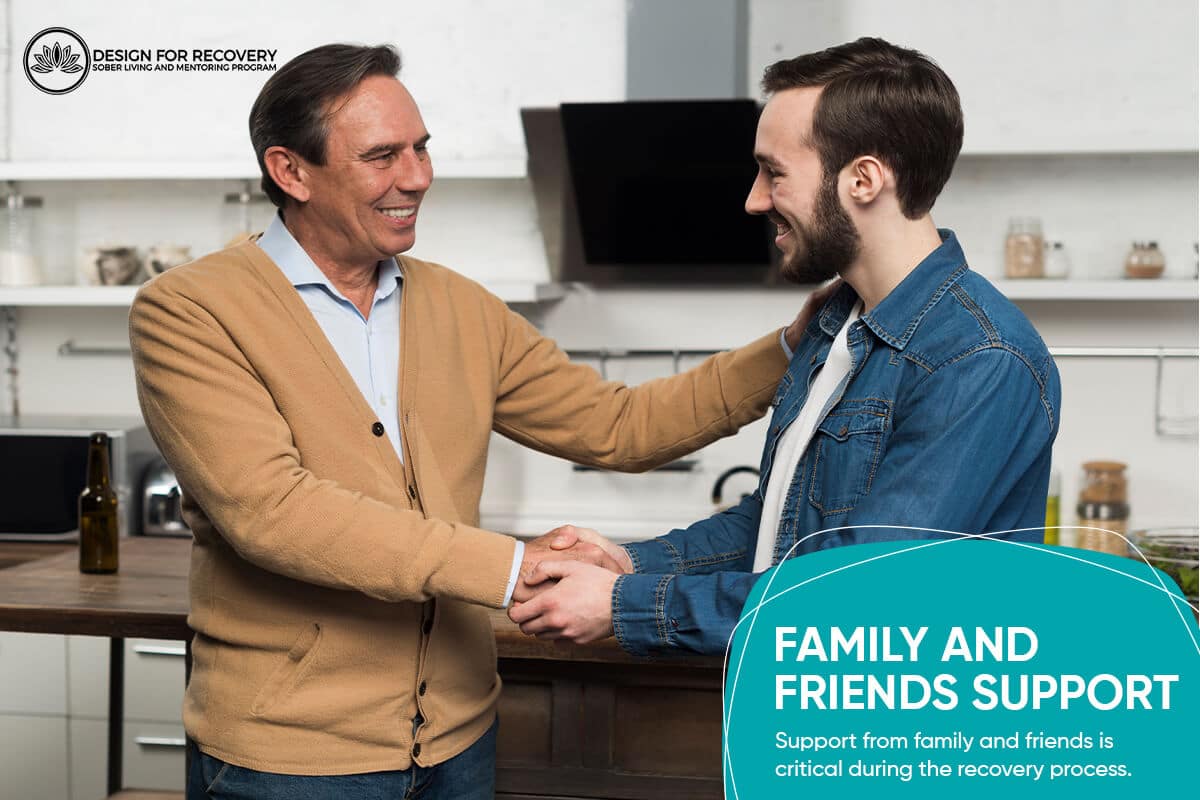
Support from family and friends is critical during the recovery process. They can provide emotional support, and motivation, and help to maintain a sober environment. It’s equally important for the support network to educate themselves about addiction, as understanding the complexities of addiction can help them provide effective support.
Their involvement might include the following:
Participation in Family Therapy: Family therapy can help to repair and improve family relationships, addressing the impact of addiction on the family unit.
Attendance at Support Groups: There are support groups specifically for friends and family of those in recovery, offering a space to share experiences and learn from others in similar situations.
Continued Encouragement: Maintaining a positive, supportive attitude can motivate the individual in recovery to stay committed to their journey, even during difficult times.
Conclusion
Helping someone quit drugs can be a long and challenging process, but it’s also an incredibly rewarding one. With patience, understanding, and the right support, anyone can overcome addiction. Remember, recovery is a journey, not a destination. Every step forward, no matter how small, is a step towards a healthier and happier life.
Take the First Step Towards Recovery with Design for Recovery
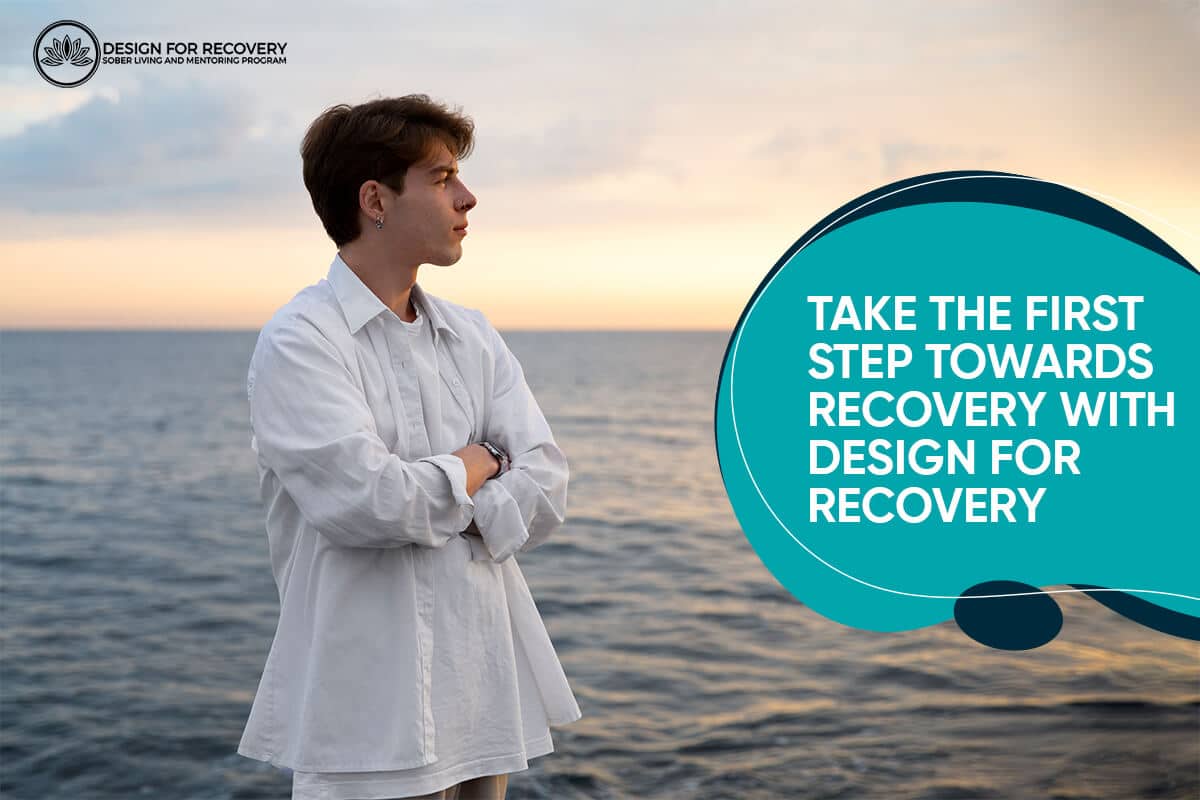
Are you or a loved one struggling with substance use and ready to take the first step toward a drug-free life? At Design for Recovery, we’re here to help guide you on this life-changing journey.
We understand that overcoming addiction involves more than just quitting drugs. It’s about building a new life of purpose, community, and hope. Our structured, sober living homes and comprehensive programs are designed to support individuals in their recovery process, providing tools to address addiction’s physical, emotional, and social aspects.
At Design for Recovery, you’ll find:
A strong community of peers who understand and support your journey.
Evidence-based treatment approaches incorporate aspects such as counseling, peer support groups, and family involvement.
Assistance in dealing with co-occurring disorders and withdrawal symptoms, ensuring a holistic approach to recovery.
Continuous support extends beyond initial treatment to help prevent relapse and promote sustained recovery.
Whether you’re taking the first step or have made past attempts to quit, we believe in your ability to overcome addiction and rebuild your life. Don’t wait – reach out to Design for Recovery today. Your path to a healthier, drug-free life is just a phone call away.
Frequently Asked Questions
What are the physical symptoms of drug abuse and addiction?
Physical symptoms of drug abuse and addiction can vary based on the substance being used but can include changes in sleep patterns, weight loss or gain, bloodshot eyes, and unexplained injuries. Chronic drug use may lead to more severe health problems such as liver damage, cardiovascular issues, or neurological damage.
How can I motivate someone to stop taking drugs?
It’s essential to approach this issue with empathy and understanding. Openly communicate your concerns without judgment or criticism. Encourage them to seek professional help and assure them of your support throughout their journey.
What are the benefits of peer support groups in addiction treatment?
Peer support groups such as Alcoholics Anonymous (AA) or Narcotics Anonymous (NA) offer a community of individuals who understand the challenges of recovery. These groups can provide emotional support, practical advice, and a sense of belonging that can be beneficial during the recovery process.
What are some common triggers for relapse?
Triggers can vary for each individual, but common ones include stress, exposure to drugs or alcohol, certain people or places associated with past drug use, and negative emotional states. Identifying and managing these triggers is a critical part of relapse prevention
What does 'going cold turkey' mean?
Going ‘cold turkey’ means abruptly stopping the use of a substance. While it may seem like a fast way to quit, it can lead to severe withdrawal symptoms. Professional guidance is recommended to manage these symptoms safely.
Can addiction treatment help with other mental health issues?
Yes, many people with addiction also have co-occurring mental health disorders. Treatment programs that address both addiction and mental health conditions together, often known as dual diagnosis treatment, can lead to better outcomes.
How does the brain recover after quitting drugs?
Over time, the brain can begin to heal from the effects of drugs. This can lead to improved cognition, emotional regulation, and decision-making abilities. However, the recovery process can take time and may require ongoing treatment and support.
What are the treatment options for opioid addiction?
Treatment options for opioid addiction often include a combination of medication-assisted treatment (MAT) to manage withdrawal symptoms and cravings, behavioral therapies to address underlying issues, and peer support groups for ongoing recovery support.
What role does the frontal cortex play in addiction?
The frontal cortex of the brain is responsible for decision-making and impulse control. Drug use can impair these functions, leading to compulsive drug-seeking behavior despite negative consequences. During recovery, therapies often aim to strengthen these cognitive abilities.
How can I stay motivated during the recovery process?
Continued recovery can be a long process, and staying motivated can be challenging. Finding healthy ways to cope with stress, building a strong support network, and setting personal goals can help maintain motivation. Also, seeking ongoing support from treatment programs or support groups can be beneficial.
Sources
American Psychological Association. “Substance Use, Abuse, and Addiction.” APA, 2021, https://www.apa.org/topics/substance-use-abuse-addiction.
Lookatch, Samantha J et al. “Effects of Social Support and 12-Step Involvement on Recovery among People in Continuing Care for Cocaine Dependence.” Substance use & misuse vol. 54,13 (2019): 2144-2155. doi:10.1080/10826084.2019.1638406



